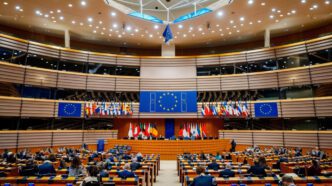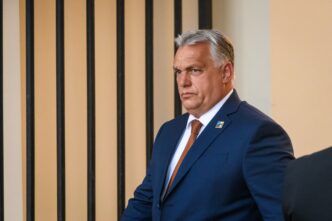Executive Summary
The Story So Far
Why This Matters
Who Thinks What?
The European Parliament has quietly appointed a consortium of architects for a substantial €455 million upgrade of its Paul-Henri Spaak building in Brussels, with the design contract slated for January 2025. The renovation project, expected to run until 2031, aims to transform the building into a nearly energy-neutral facility while enhancing its safety and technical infrastructure.
Project Scope and Rationale
The extensive works target the 84,153-square-metre Spaak building, which houses the Parliament’s hemicycle for plenary sessions, along with numerous offices and media facilities. Despite its completion in 1992, the structure no longer meets contemporary energy performance and environmental benchmarks, prompting the need for a comprehensive overhaul.
According to the Parliament’s communications team, the primary objective is a thorough environmental renovation to achieve significantly improved energy efficiency. Additionally, the project will address critical safety and technical facility upgrades, ensuring the building can meet the demands of modern legislative operations.
The Klarc Consortium
The contract was awarded to Klarc, a newly formed consortium comprising Kaan Architects, Low Architects, and Arcadis. This partnership was confirmed by the Parliament’s press service, which noted the consortium’s role in supporting the institution’s services throughout the project.
Kaan Architects brings a notable portfolio to the project, including the renovation of the Royal Museum of Fine Arts in Antwerp, the Aalst library, and an ongoing assignment for the National Bank in Brussels. Their collaboration with the Antwerp-based firm Low Architects and Arcadis underscores the multidisciplinary approach to this significant undertaking.
An Outdated Icon
Affectionately, or perhaps critically, nicknamed the “Caprice des dieux” due to its distinctive cheese-like dome, the Spaak building has been widely considered outdated by many EU officials. This renovation signifies a crucial step towards modernizing one of the European Union’s key legislative venues.








